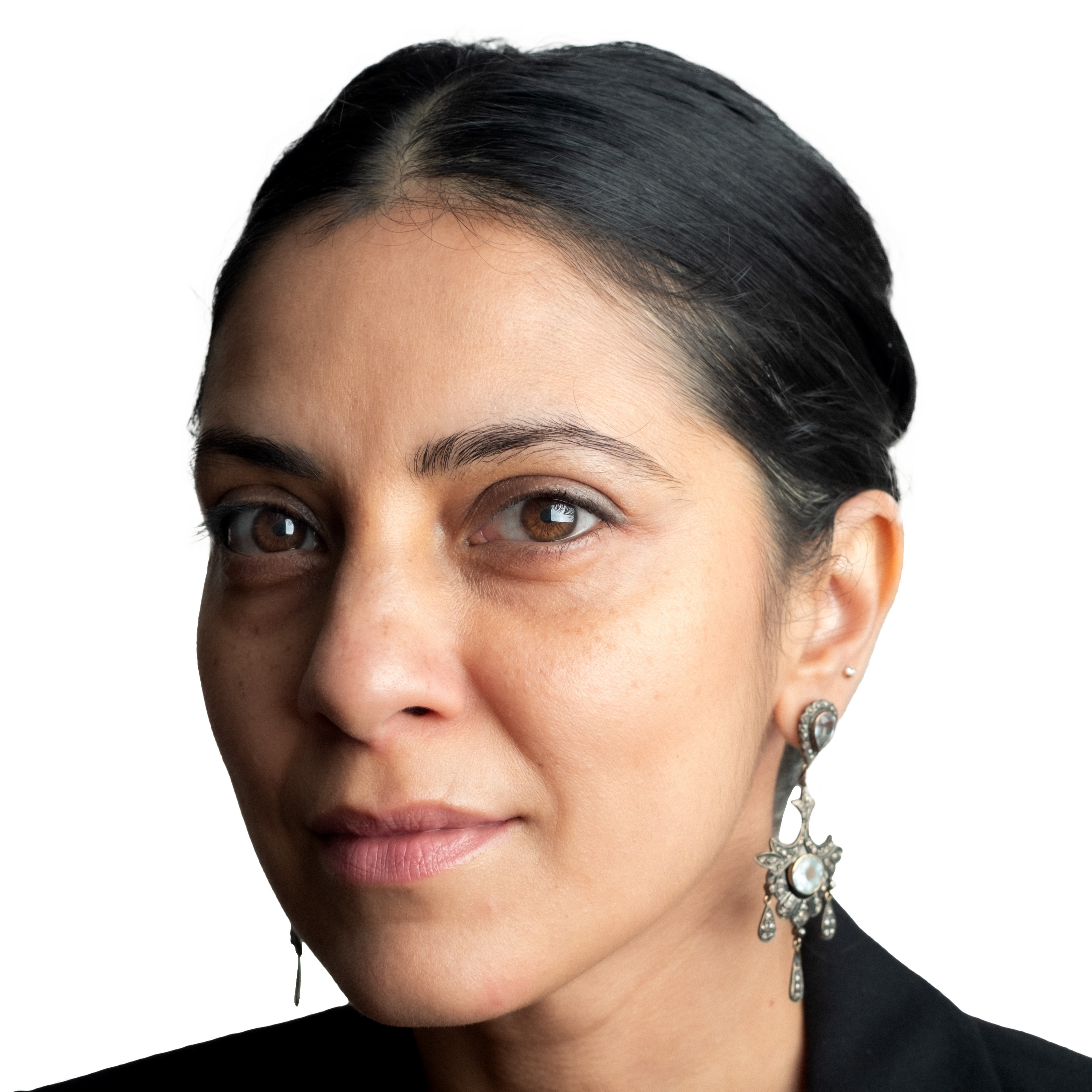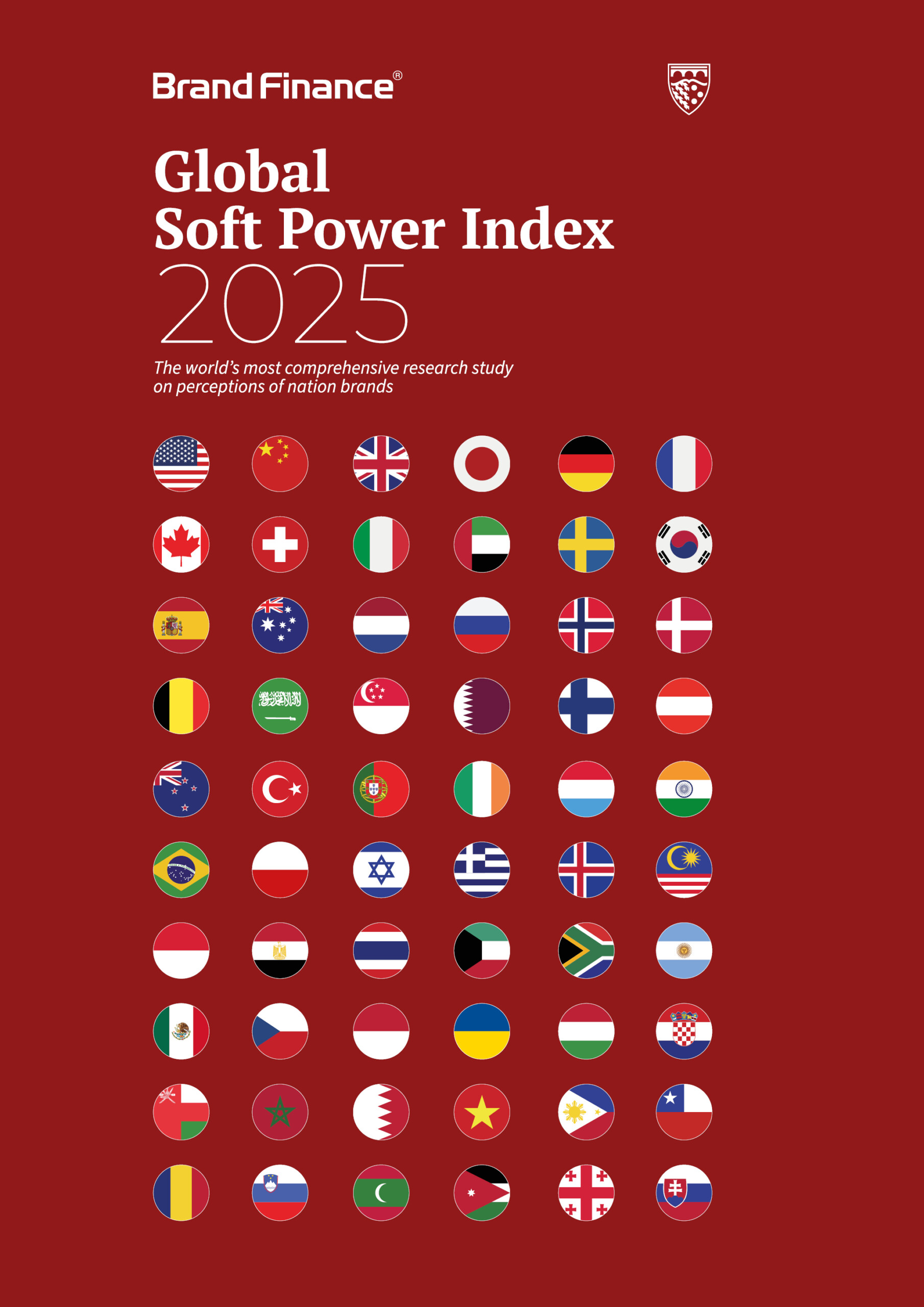This article was originally published in the Brand Finance Global Soft Power Index 2025

Director,
Reuters Institute for
the Study of Journalism,
University of Oxford
At the start of 2025, two things happened almost simultaneously. For the second year running, the World Economic Forum (WEF) ranked misinformation and disinformation as the biggest near-term global risk to countries around the world.
Even as the Forum pointed to the danger of false and misleading content seriously harming the geopolitical environment, social media behemoth Meta, which owns platforms like Facebook and Instagram, announced that it would stop working with third-party fact-checking organizations.
The company believed its content moderation approach resulted too often in "censorship." Having built one of the most extensive partnerships with fact-checkers after the 2016 presidential election, the company now believed it had resulted in “censorship” and “political bias.”
For many years now, misinformation has been both a catch-all term to describe false and misleading information sloshing around on the internet and a useful tool by those in positions of power to disabuse news reportage that is critical of their actions.
The latter certainly plays on the minds of ordinary citizens or, in the case of journalism, wider audiences. Using the US as an example, research from the Reuters Institute’s most recent Digital News Report shows 72% of online news users in the US said they were concerned about what is real and what is fake on the internet – a jump of 8 points from the year before and higher than the 59% average across the 47 markets covered by our report. Across all countries, respondents said X and TikTok were the social media platforms where it was most difficult to discern trustworthy information.
America is emerging from an intensely bitter election campaign with a new President who has shown scant regard for facts, prompting news organisations like the BBC to preface much of his commentary with the words ‘without any evidence.’
It is no coincidence that the US remains an extremely polarised market for news. 2024 is a good starting point to break it down. It was a massive election year that saw more than sixty countries, representing a combined population of about 49% of the people in the world, vote.
Just like America, many of these countries witnessed vitriolic election campaigns that sought to divide communities, races and people. Elections are just one aspect of the growing dissonance between the wider public and political processes and that dissonance’s effect on the lack of interest in news, perpetuating a view that ‘news is misinformation.’
Research shows that audience concerns about misinformation are often driven less by news that is completely ‘made up’ and more about seeing opinions and agendas that they may disagree with, as well as journalism they regard as superficial and unsubstantiated. In recent times, topics that drew the most concern around ‘fake or misleading’ content was news about the wars in Ukraine and Gaza.
AI complicates the picture, but it isn’t the biggest challenge. Across many markets and for many reasons, news has lost its connection with audiences. Tumultuous times increase the urgency for news publishers to find their way back.
For newsmakers, a few things are clear. Even predating the proliferation of social media and the internet, misinformation usually comes from the top. What that means is that false and potentially harmful ideas are often planted in the public consciousness by figures in positions of authority. For news organisations, reporting on the misinformation peddled by powerful actors may be a part of the job, but it is equally important to recognise misinformation doesn’t exist in a bubble - it plays on existing schisms in society that play out as acts of communal hatred, racism, gender violence and class and caste divisions.
What can news publishers focus on to reestablish their connection with audiences, to communicate and cut through this misinformation haze? A few things come to mind. Editorial media must focus on producing relevant, engaging, and high-quality content that demonstrates the value of engaging with the news for audiences across class, culture, religion and gender. As an extension, it is vital that news reaches those who feel the most alienated by it: young people, ethnic minorities, socioeconomically disadvantaged groups, women. The list is long.
It is also a moment for progressive governments to examine their role in upholding the need for and importance of widespread, equitable access to information that provides the facts but also helps citizens make sense of large events and how they may impact their lives.
There is a need, more than ever to build and protect regulatory frameworks that protect journalists and editorial institutions, an endeavour made even more challenging in the current political environment.
Even as there continues to be massive funding thrown at AI, it is innovation for the public good that needs support. Policymakers can provide this through funding, by removing obstacles to editorial innovation, and by ensuring that digital market regulations do not restrict editorial freedom.
Misinformation reflects the fissures that exist in our communities. If newsmakers focus on listening to their audiences and engaging with them, this approach has the potential to be the most effective way to repair the divisions, ultimately counteracting misinformation.

